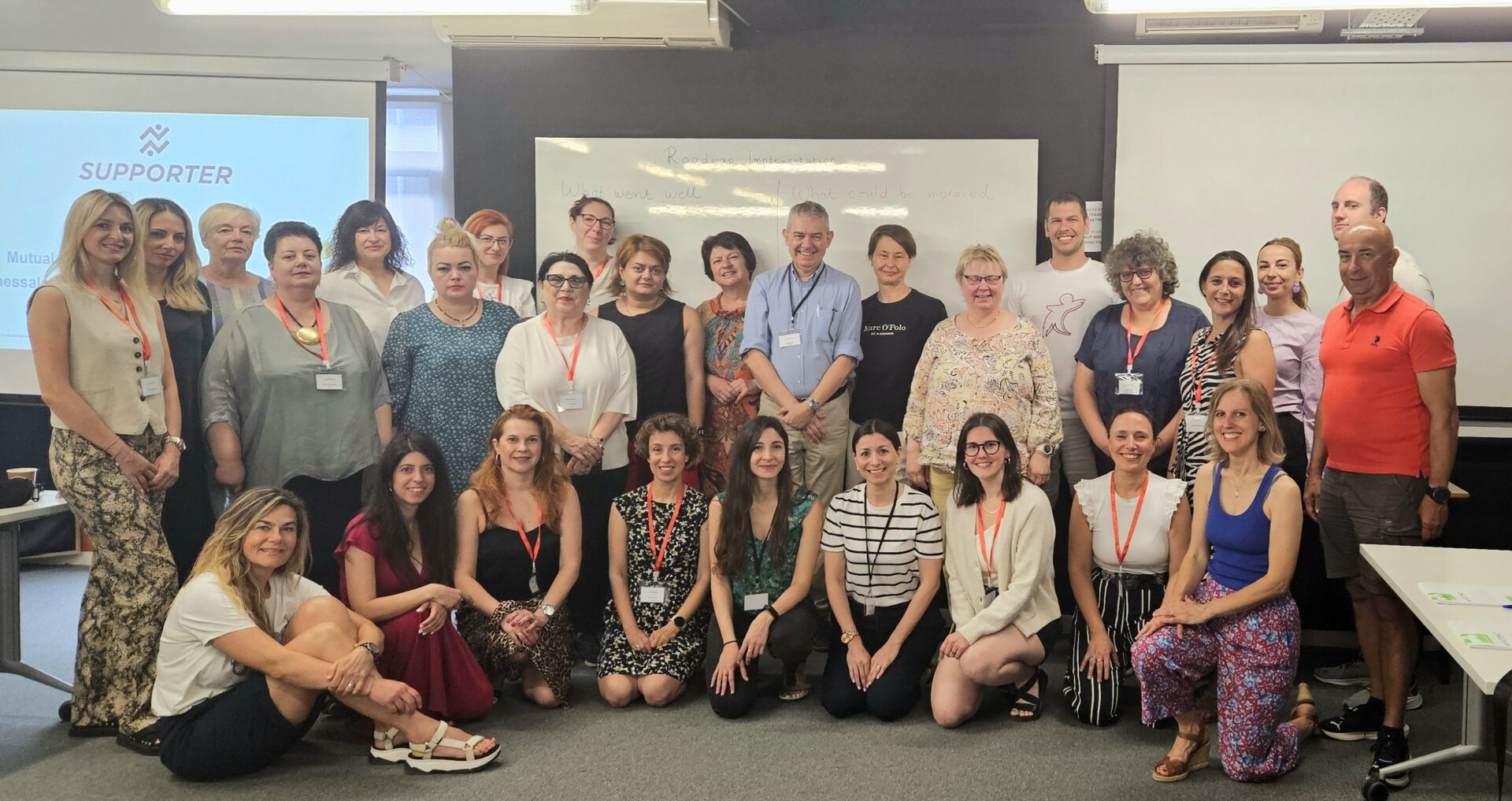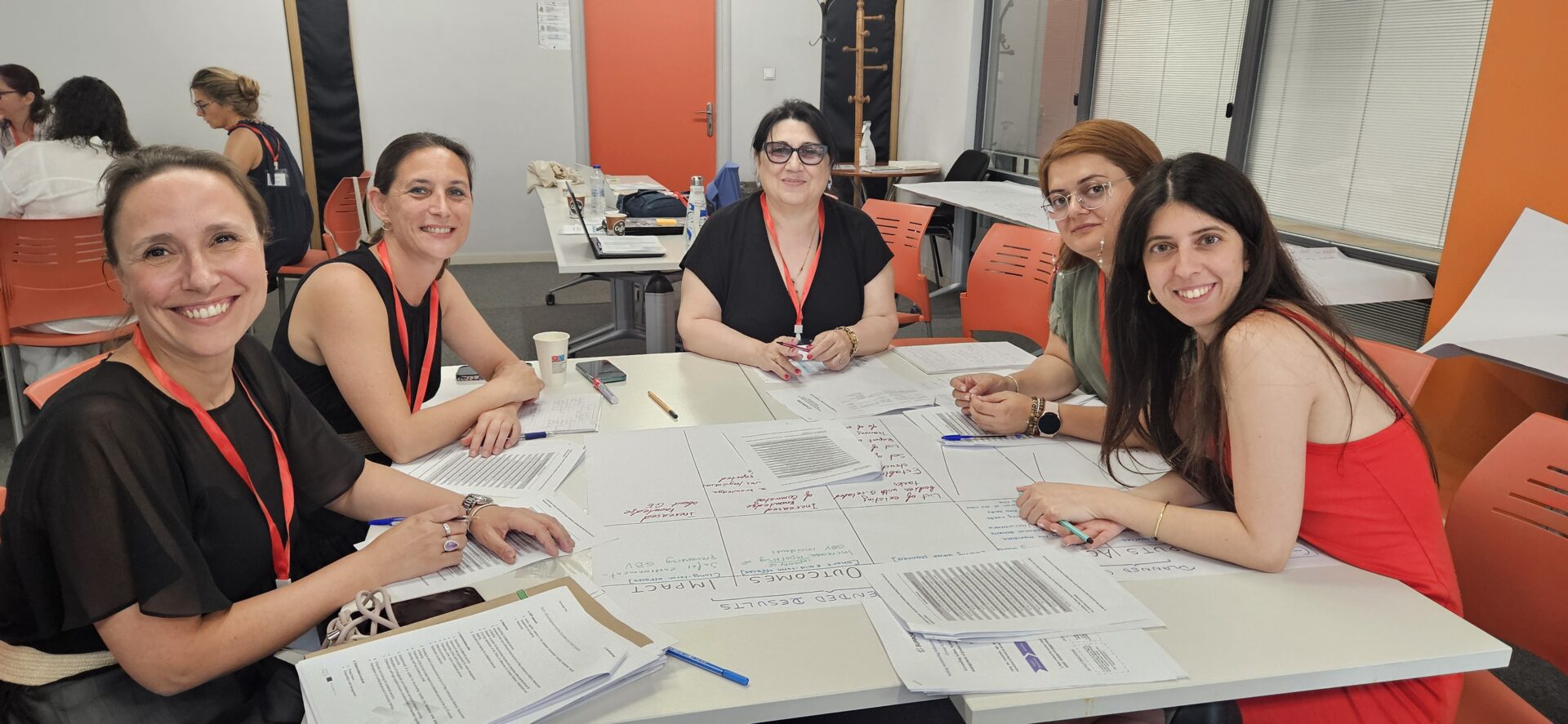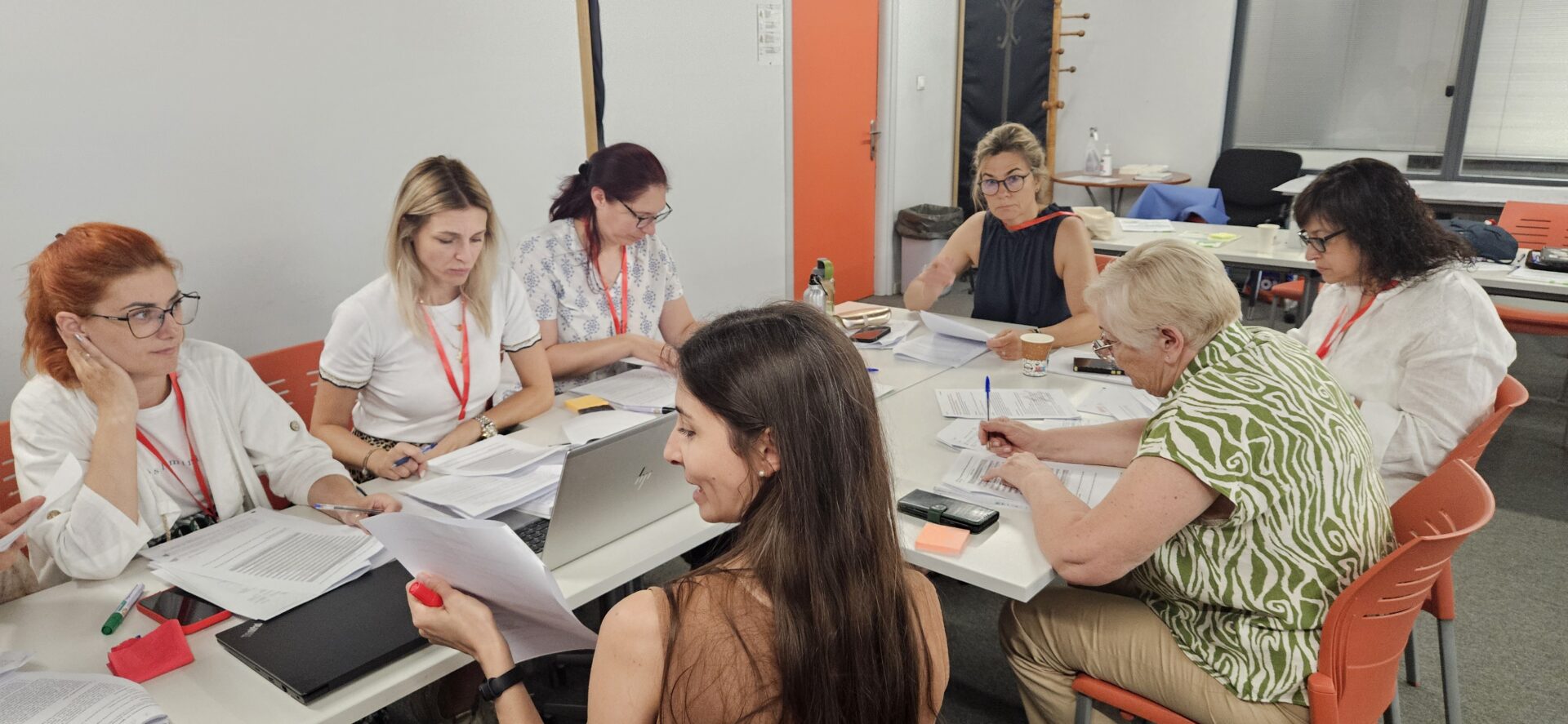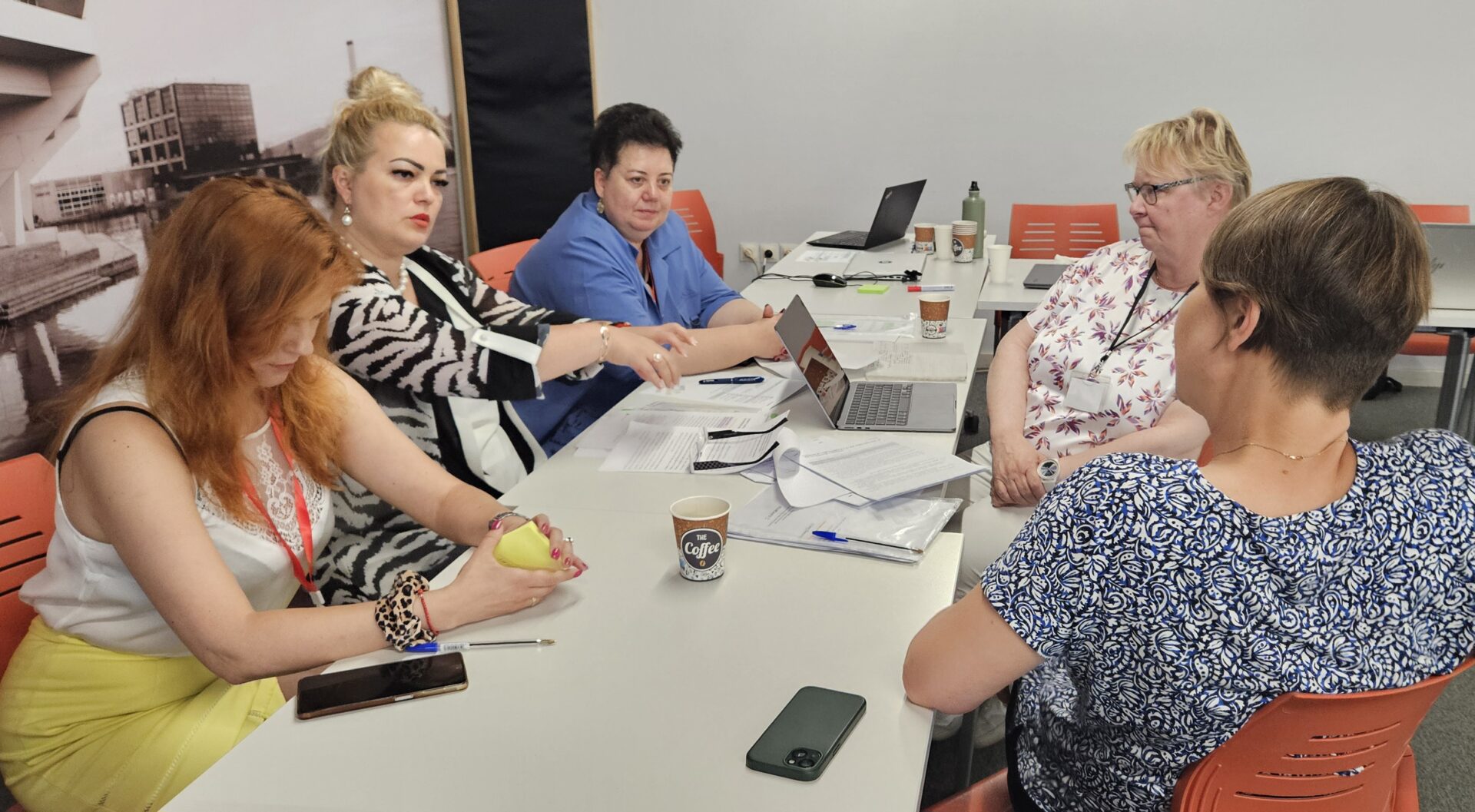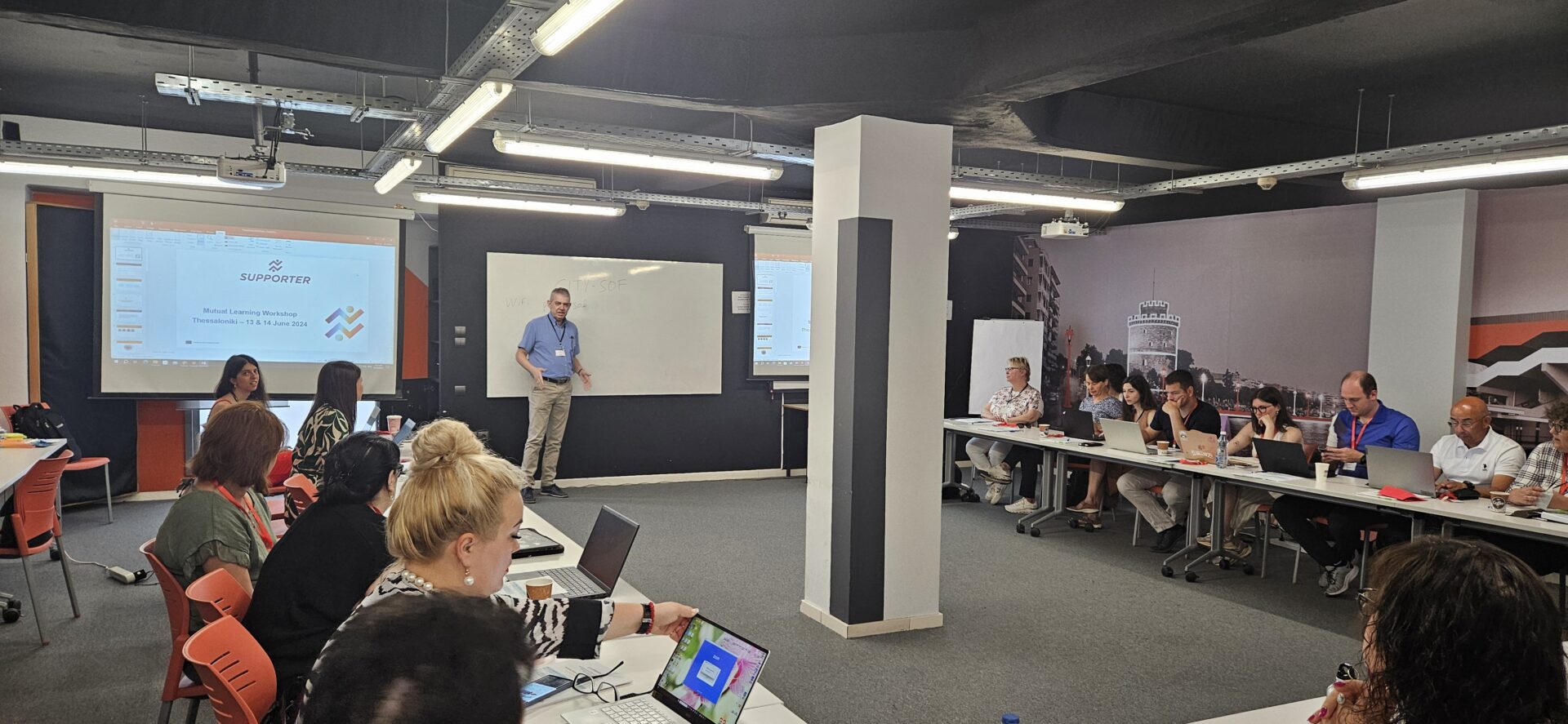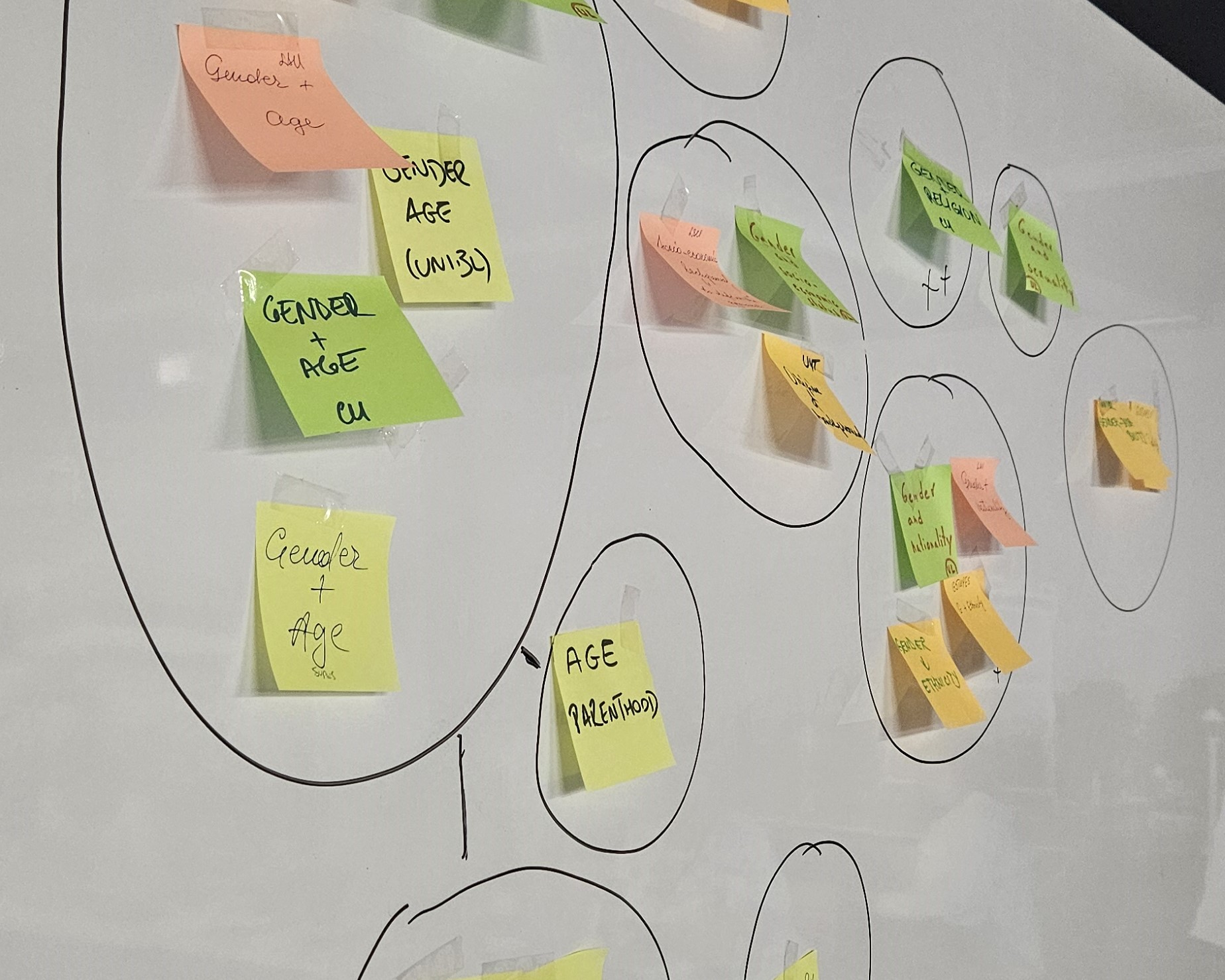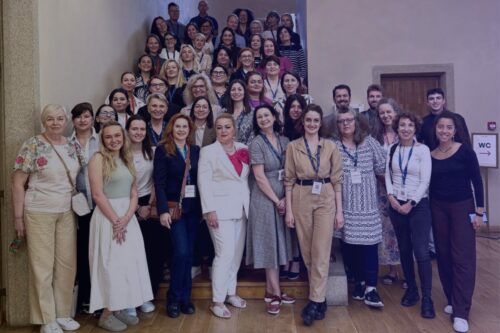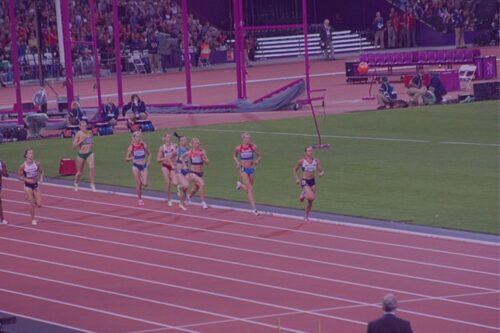Integrating intersectionality in Gender Equality Plans
Mutual Learning Workshop
June 13-14, 2024
Thessaloniki
For one day and a half, the SUPPORTER consortium met in person for a second Mutual Learning Workshop to support implementing partners in developing inclusive, innovative, impactful and intersectional gender equality plans.
The focus of this workshop was on intersectionality, and how to integrate an intersectional approach in partners’ institutional roadmaps and Gender Equality Plans.
Partners also explored how the values and principles of sports can contribute to the promotion of gender equality in the academic environment and in the society in general.
Intersectional GEPs
An intersectional GEP considers gender in relation to its intersections with other sociocultural, economic and political inequalities such as race, ethnicity, class, sexuality, age, disability, nationality, and proposes actions which take into account how different forms of inequality and disadvantage interconnect.
Why is intersectionality important?
- Women and men are not homogenous categories.
- Equal access, participation, and leadership should be ensured for all, as well as good working and studying conditions.
- Multiple inequalities increase the barriers to education or work opportunities.
- Collecting information related to intersecting inequalities can lead to more effective implementation of measures aimed at reducing bias and prejudice.
- Participation and diversity can help identify suitable solutions for everyone.

Intersecting inequalities in the context of sports
Here are a few examples of inequality factors in the context of sports which can interact and entail specific difficulties.
Gender and sexuality
- Women face disparities in pay, access to resources such as sponsorship and media coverage, and specific challenges related to maternity.
- Homophobia persists in the sport environment.
Ethnicity
- Racism towards athletes from diverse ethnic backgrounds impacts their participation.
- Lack of diverse ethnic representation in sports media and management.
Age
- Older athletes may encounter difficulties in continuing to compete or transitioning into coaching and leadership roles.
Socio-economic status
- Can limit access to sports facilities, training, and competition.
- Can also impact access to coaching, equipment, and travel resources.
Disability
- Limited accessibility to sports infrastructures and inclusive programs.
- Less media attention and financial support compared to able-bodied athletes.
Examples of intersecting inequalities in the context of supports
- Young athletes, including girls and those from marginalized communities, often face barriers to participation and development in sports.
- Parenthood presents challenges due to the combination of age, career development, and increased responsibilities.
- Girls from lower socio-economic groups are underrepresented in sports, particularly during adolescence.
Although sports involve competition, largely remain male-dominated and are predominantly binary, they are also founded on the notion of Fair Play, which can take on a deeper, more impactful meaning when infused with the principles of gender equality and intersectionality.
During this workshop, SUPPORTER’s implementing partners engaged in group exercises and discussions to identify relevant intersecting inequalities to be covered in their roadmap and later in their updated GEP, reflect on related data collection, as well as on the necessary monitoring indicators to evaluate progress within their institution. Through this lens, SUPPORTER’s implementing partners were invited to think of how sports can contribute to gender equality in society and project a positive vision.
They also reflected on the first months of the roadmap implementation, through bilateral discussion with another implementing partner, a review of their learning diary input with the mentoring team, and an exchange of encountered challenges and promising practices with the consortium.

